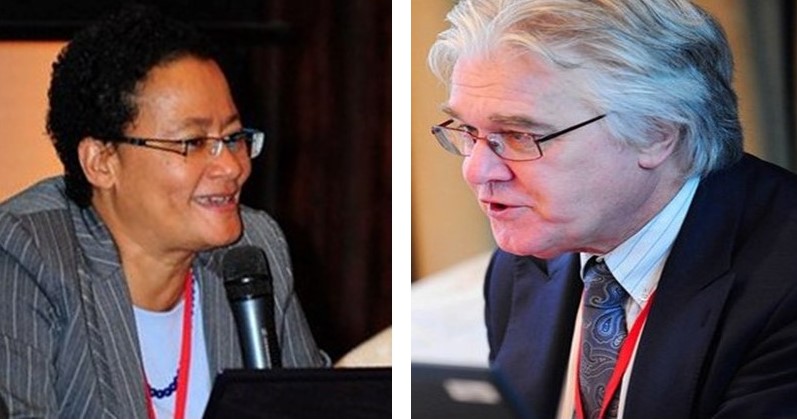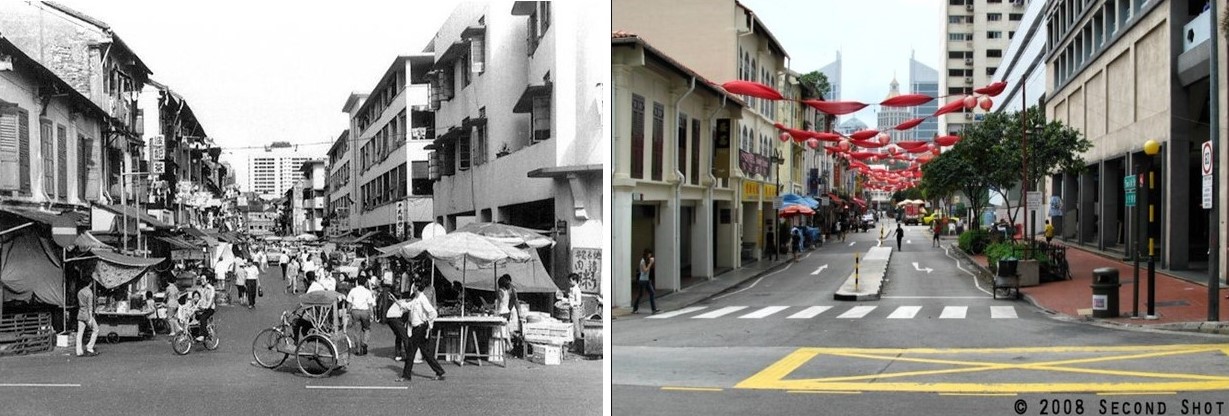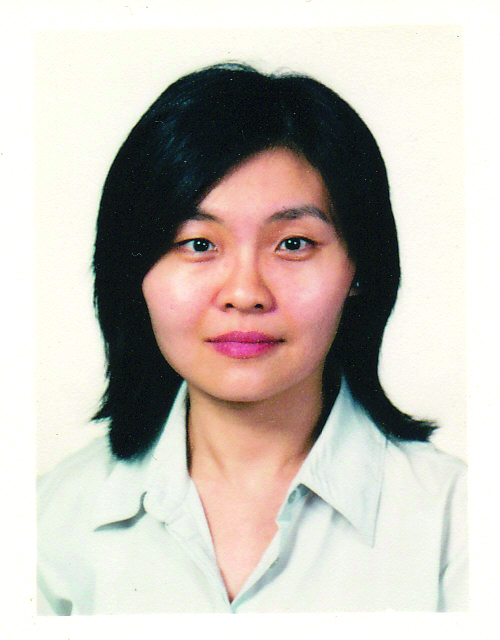Keeping Memories Alive: Reflection on the “When Nations Remember” Conference
Senior Librarian Gracie Lee shares her reflections on “When Nations Remember”, a two-day international conference on national memory and its preservation, display and access, held in October 2009.

In October 2009, over 300 local and foreign delegates thronged the Carlton Hotel in Singapore for “When Nations Remember”, a two-day international conference on national memory and its preservation, display and access. The National Library organised the conference in the hope that similar memory initiatives worldwide might cross borders and benefit from the sharing of knowledge, passion and insight.
Speakers were invited from many corners of the globe and formed an eclectic panel of knowledge experts. Representatives from UNESCO as well as three national libraries shed light on their experiences in the creation of memory initiatives that were implemented on both national and international levels.
Parallel sessions featured history and memory documentarians from a wide variety of disciplines, including luminaries from the blogging, fine art, academic and digital technology spheres.
Last, but not least, the conference programme offered a curated selection of “memory starters”, which encouraged delegates to take a walk down memory lane and rediscover the ties that bind citizenry to nations. These are some highlights of the conference.
National Perspectives
John van Oudenaren, Director of the World Digital Library (https://www.loc.gov/item/lcwaN0018836/), gave a presentation on the history and development of the initiative as well as the Library of Congress’ American Memory (https://www.loc.gov/collections). In American Memory, public domain materials that had mass appeal were digitised and made available on CD-ROM.
The content management challenges faced by the American Memory team were great learning experiences, and the World Digital Library, facilitated by the Library of Congress, embarked on a different and more comprehensive approach. Users can browse the collection online by place, time, topic, institution and type. The web interface also supports seven languages and Web 2.0 features in an effort to invite users and guests from all walks of life.

Penny Carnaby, National Librarian and Chief Executive of the National Library of New Zealand, opened up the conversation to the important role national libraries play in preserving and making heritage materials accessible. She outlined the country’s national information infrastructure and library initiatives such as NZ-GOAL (https://www.data.govt.nz/toolkit/policies/nzgoal/), the National Digital Heritage Archive (https://natlib.govt.nz/collections/digital-preservation/digital-preservation-programme) and the Aotearoa People’s Network Kaharoa (https://natlib.govt.nz/librarians/apnk). These programmes address issues faced in the course of long-term digital preservation, repurposing of information, and the collection of national memories. Citing the Christchurch earthquake, she stressed the importance of vigilance on the part of a national library during disasters or upheaval. A good example of this was the National Library of New Zealand’s readiness to collect materials when the disaster struck.
Dr J.S.M. Savenjie, Director General of the National Library of the Netherlands, brought up more challenges faced by libraries in their national digitisation programmes. The Memory of the Netherlands (https://gwonline.unc.edu/node/6189) incorporated materials from libraries, archives and museums and had to overcome the unique difficulties posed by the widely varying approaches to collection organisation that each cultural institution had. He also highlighted the complex process of archiving enriched publications (containing both text and moving images).

Finally, Joie Springer from UNESCO talked about the Memory of the World Programme and one of its key initiatives – the Memory of the World Register. This initiative invites anyone around the world to nominate a documentary heritage of exceptional value for inscription, without legal obligation on the part of a participating country. By raising the standing of a document, fundraising for preservation is also boosted. In this way, memories can be commemorated and related on a global stage.
Community Perspectives
For Lam Chun See, his nostalgic blog, Good Morning Yesterday (https://goodmorningyesterday.blogspot.com/), is a virtual kopitiam where people of his generation can gather to swap memories and stories. Speaking with deep personal conviction of his belief in archiving and passing down the older generation’s memories, he urged the audience to record and share their stories with others. He also spoke about using blogging as a tool to pique the interest of the younger generation in Singapore history.

His co-presenter, Char Lee of Second Shot (https://2ndshot.blogspot.com) had a different strategy for engaging the public to think about the past. Lee is a photographer working in the medium of “precision heritage photography”. This means that Lee tries to identify the exact locations where selected old photographs were taken. He then takes a “second shot” of the place now. The images chronicle the changes in Singapore’s landscape over time.
Koh Nguang How, an artist and researcher, introduced the Singapore Art Archive Project, a personal project that aims to record the work of contemporary artists and discover lost histories of artists from earlier generations. A one-man initiative, Koh offered a rare look at his approach to the gathering of materials.
Finally, the founder of the Centre for Digital Storytelling (https://elmcip.net/organization/center-digital-storytelling), Joe Lambert, expounded on the potential uses of digital storytelling in capturing life stories. He raised successful examples of its usage in projects such as the Veterans History Project and the BBC’s Telling Lives showcase and also talked about his recent work in community storytelling and the creation of informal archives.
Final Thoughts
The conference was a useful platform for delegates to deliberate on strategies and approaches in the design and planning of memory initiatives. It also inspired the attendees to renew their commitment towards the preservation of national memories.

Senior Librarian
Professional Services
National Library

